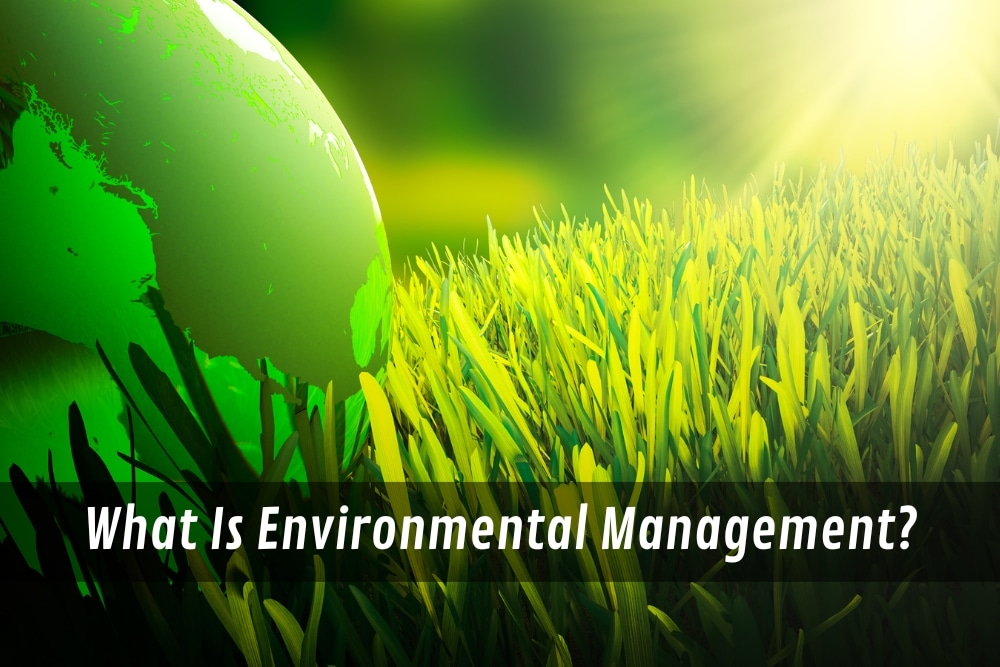Environmental management is an important part of ensuring that human activities do not cause negative impacts on the environment. It is a set of processes and practices aimed at reducing environmental impacts, pollution, and waste while promoting sustainability. It also involves developing a management plan or action plan, such as an Environmental Management Plan (EMP) to ensure that any activities undertaken by an organisation minimise their environmental impact. In this article, we will discuss what environmental management is, the different components of an environmental management system, and some commonly used frameworks.
What are the negative impacts of human activities on the environment?
Human activities can have a significant negative impact on the environment. These impacts include air, water and soil pollution, deforestation, habitat destruction, species loss and climate change.
- Air pollution is caused by burning fossil fuels such as coal and oil, which release harmful chemicals into the atmosphere.
- Water pollution is caused by dumping toxic chemicals or sewage into waterways.
- Soil pollution occurs when hazardous materials are used in agriculture or construction.
- Deforestation is the destruction of natural forests, which can lead to soil erosion and species loss.
- Habitat destruction occurs when human activities destroy or degrade the natural habitats of animals and plants.
- Species loss occurs when human activities cause a species to become extinct.
- Climate change is caused by emissions from burning fossil fuels and other human activities that contribute to global warming.
What is an environmental management system (EMS)?
An Environmental Management System (EMS) is a set of processes and practices that an organisation can use to manage their environmental impact. It involves the development of policies, procedures, and plans that identify potential environmental risks and impacts, as well as strategies for minimising or eliminating them. An EMS also includes monitoring activities to ensure that the organisation is meeting its environmental goals.
An environmental management system typically includes an environmental policy, an action plan, and a system of monitoring and reporting.
What is an environmental management plan?
An Environmental Management Plan (EMP) is a comprehensive document that outlines an organisation’s plan for reducing its environmental impacts and promoting sustainability. It includes processes for identifying potential environmental risks and impacts, strategies for minimising or eliminating them, and a system of monitoring and reporting to ensure the organization meets its environmental goals. An EMP typically includes an environmental policy, action plan, risk assessment, and guidelines for monitoring and reporting.
EMP is also important for organisations that are looking to meet NSW Environment Protection Authority (EPA) requirements or to gain certification to an environmental management standard.
What are the benefits of this management?
The benefits of environmental management are numerous.
- By implementing an EMS, organisations can reduce their environmental impacts, save money, gain a competitive edge and increase their reputation for corporate responsibility.
- Additionally, an EMS can help organisations comply with regulations and standards.
- Also, an EMS encourages the development of environmental strategies and action plans, which can help organisations to respond quickly to environmental issues. This is beneficial for both the organisation and the environment.
Environmental regulations and compliance
Environmental regulations and compliance are an important part of environmental management. Compliance with environmental regulations is a requirement for businesses in many countries, and organisations that fail to comply can face stiff penalties. Environmental regulations cover topics such as air and water pollution, hazardous waste disposal, and energy efficiency.
To ensure compliance with environmental regulations, institutions should have a comprehensive understanding of applicable laws and standards, including local, state, and federal regulations. Organisations should also be familiar with the requirements of any applicable standards to ensure they meet the requirements.
What are some common challenges that professionals face in the field of environmental management?
Environmental management professionals face several challenges in their line of work, including:
- Developing and implementing specific plans
One of the key challenges in environmental management is developing specific plans that can effectively address environmental issues. This requires a deep understanding of the environmental problems at hand, as well as the legal and regulatory framework that governs environmental protection.
- Ensuring compliance with environmental regulations
Environmental management professionals must ensure that their organisations comply with local, state, and federal environmental regulations. This can be challenging because regulations can vary widely depending on the jurisdiction, and new regulations are constantly being developed.
- Balancing Environmental Protection with economic development
Another challenge is finding ways to balance environmental protection with economic development. Some businesses may view environmental regulations as burdensome and costly, while environmental advocates may view economic development as a threat to the environment.
- Managing stakeholder relationships
Environmental management professionals must work closely with a variety of stakeholders, including government agencies, businesses, and community groups. This can be challenging because stakeholders may have competing interests and priorities.
- Developing effective communication strategies
Effective communication is critical for environmental management professionals. They must be able to communicate complex scientific information to a variety of audiences, including policymakers, community members, and business leaders.
Overall, environmental management professionals face significant challenges as they work to protect the environment and promote sustainable development. These challenges require a deep understanding of environmental issues, as well as strong communication, planning, and problem-solving skills. So, if you want to protect the environment, contact Watson Demolition and Site Services today and let us take care of your environmental management needs.



